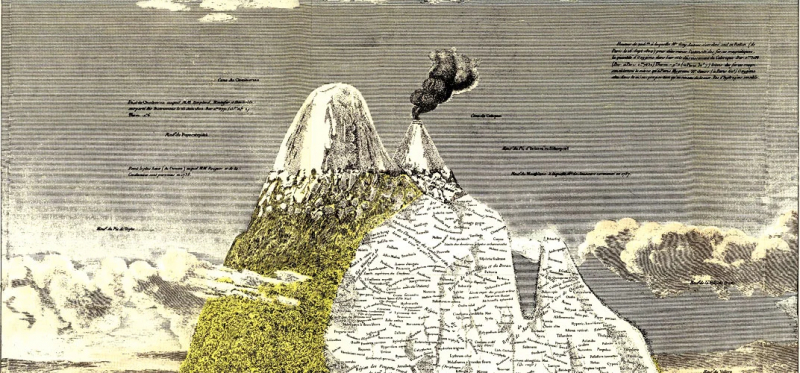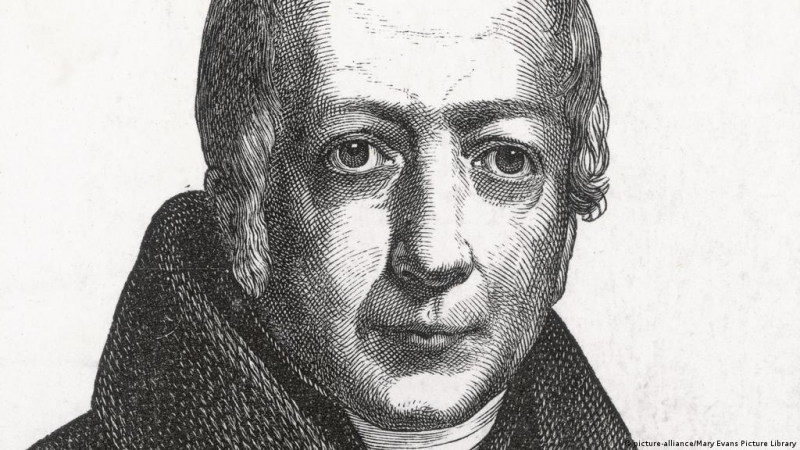Humboldt introduced the notion of nature’s ‘web of life’
Perhaps you've heard of the Humboldt penguin, the Humboldt Current, the Humboldt squid, Humboldt County, California, or even Humboldt, Saskatchewan. Despite the fact that many places and things bear Humboldt's name in recognition of his scientific observations and explorations.
Humboldt had an insatiable thirst for natural knowledge. Everything fascinated him, from fluttering butterflies to rumbling volcanoes. He was famous for his far-flung explorations and scientific observations, which led him to see nature "as a global force," as Wulf writes. Humboldt witnessed this interconnected ecosystem while traveling through South America from 1799 to 1804, carrying 42 instruments such as barometers, thermometers, and cyanometers to study the environment.
Humboldt observed other ways in which humans were negatively affecting the ecosystem, such as overfishing, which depleted the ocean's oyster stocks, and mining operations, which harmed the land. "He saw nature as a web of life," Wulf explained. "If you pull one thread, the whole thing may unravel."
Humboldt introduced a proto-environmentalist view of the universe and the natural world as a single interconnected system in Cosmos. Between 1845 and 1847, and 1850 and 1858, the multi-volume work was published. This contributed to the development of the framework for modern ecological thinking. His concept of nature's "web of life" was possibly the first time in scientific terms that the interconnectedness of all living things was identified and described.









